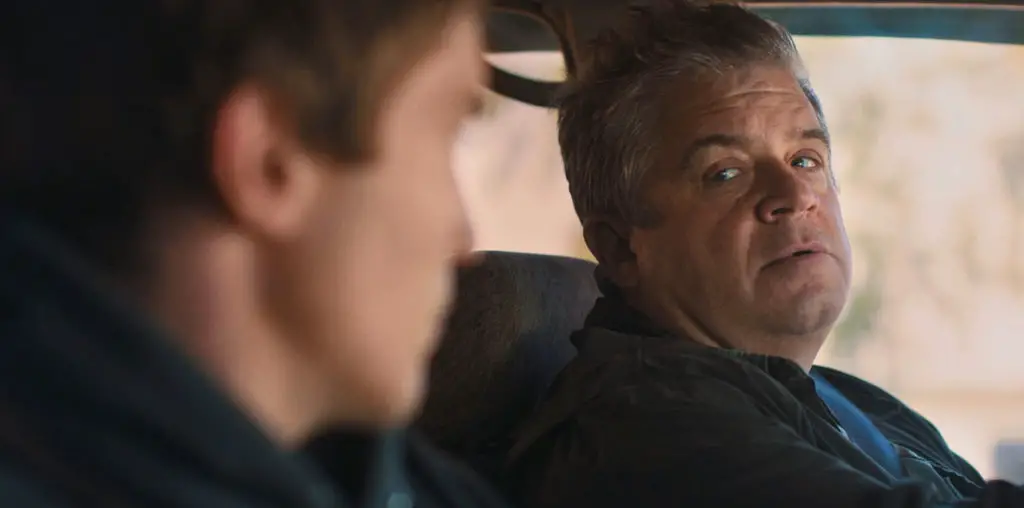
Finally receiving a theatrical release 20 years after it was made, Philip Hartman’s “No Picnic” emerges as an entertaining if flawed relic from a very different era.
Shot on the streets and in the clubs and apartments of New York’s East Village, the film captures the fabric of that neighborhood in the period before gentrification changed the face and real estate values of the area. The film follows the balding, bespectacled Macabee Cohen, a failed musician who makes a living restocking the supplies in cigarette machines and jukeboxes (the ones that played 45 rpm records). He is harassed on all fronts, from a girlfriend who left him for the Air Force to a wacky Canadian neighbor who wants to marry him for a green card to his dysfunctional family to his rent-striking neighbors. Even his mailbox is against him, failing to let go of his key or close properly without a swift kick. His life gets a kick when he discovers a photo of a mysteriously pretty woman, only to find and lose her in a brief encounter. He hunts her down through the East Village, only to discover fantasy and reality do not always overlap.
Admittedly, this is not a great film – some of it could’ve used judicious trimming (particularly the segment with Cohen’s nagging mother and the foray out of the neighborhood to Shea Stadium to root for the Mets). David Brisbin, playing the protagonist, is initially intriguing with his mix of hipster and nerd, but his stoic running commentary eventally grows stale and it is easy to lose patience with him.
But the film’s arrival after two decades offers some fun reminders of what 1980s-style indie cinema was like: wonderfully gritty 16mm black-and-white cinematography (it was honored at Sundance when it played there in 1987), a game ensemble who give their all to what might have been one-note characters (look for then-unknowns Luis Guzman and Steve Buscemi), and a refreshingly intelligent use of location filming. New Yorkers who come to this film may either find rueful nostalgia or half-forgotten horror at the graffiti-covered sprawl of crummy building, hooker-infested streets, and nutty nihilist attitude. Ironically, filmmaker Hartman was part of the gentrification effort that helped erase the East Village of “No Picnic” – as the force behind the Two Boots operation (consisting of a restaurant, pizza parlor, video store and cinema), he helped bring commerce and class back to the neighborhood. It seems appropriate that he would capture the old East Village in his film before helping to wipe it away forever.
